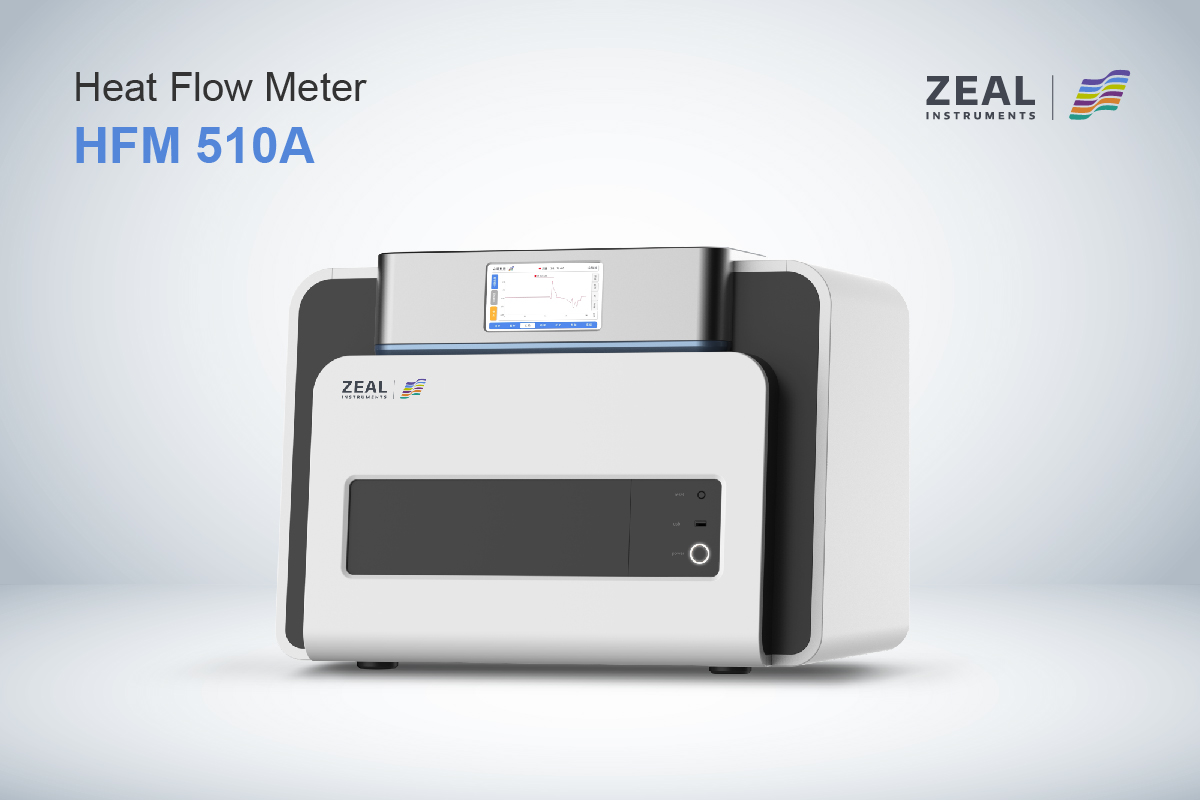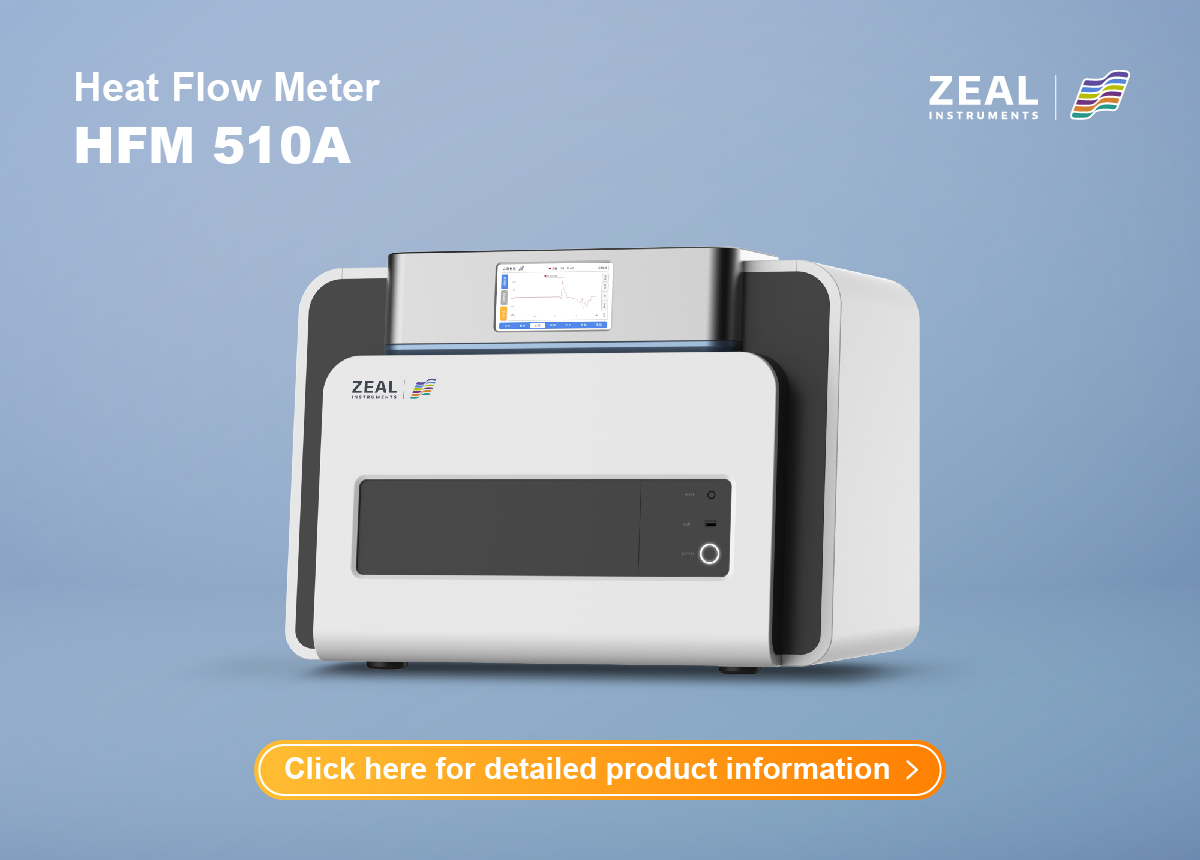DIN 12667: Understanding the Insulation Material Testing Standard
DIN 12667 is a standard that is used to determine the thermal resistance of building materials and products. It is an important standard that is used to test the thermal performance of materials that are used in construction. The standard specifies the principles and testing procedures for determining the thermal resistance of products of high and medium thermal resistance.
The standard is used to determine the thermal resistance of materials by means of guarded hot plate and heat flow meter methods. The heat flow meter method is based on ASTM C518, ASTM C1784, ISO 8301, JIS A1412, DIN EN 12664, and DIN EN 12667. The test specimen is placed between two heated plates controlled to a user-defined mean sample temperature and temperature drop to measure heat flowing through the specimen. The guarded hot plate method is based on ISO 8302, ASTM C177, DIN EN 12939, DIN EN 12667, DIN EN 13163.
DIN 12667 is an important standard for the construction industry. It ensures that the thermal performance of building materials and products is properly tested and evaluated. By following the standard, builders and manufacturers can be confident that their products meet the necessary thermal resistance requirements.
Scope of DIN 12667
DIN 12667 is a standard that specifies the thermal resistance of building materials and products. The standard defines the methods of determining the thermal resistance of high and medium thermal resistance products using guarded hot plate and heat flow meter methods.
The scope of DIN 12667 applies to building materials and products that have a thermal resistance in the range of 0.05 to 10 m²K/W. These materials and products are used in the construction of buildings such as walls, roofs, floors, and doors.
DIN 12667 is important because it helps to ensure that the thermal performance of building materials and products is accurately measured. This is essential for ensuring that buildings are energy efficient and meet the required thermal performance standards.
The standard specifies the test conditions, test procedures, and calculation methods for determining the thermal resistance of building materials and products. It also provides guidelines for the preparation of test specimens and the selection of test conditions.
In summary, DIN 12667 is a standard that provides a method for determining the thermal resistance of building materials and products. This standard is important for ensuring that buildings are energy efficient and meet the required thermal performance standards.
Thermal Performance Requirements
Material Specifications
DIN 12667 defines the thermal performance requirements for building materials and products. According to this standard, the thermal resistance of a material is determined by means of guarded hot plate and heat flow meter methods. The products of high and medium thermal resistance are classified, and general requirements and test methods for flexible insulating materials are provided.
The standard specifies the characteristics and performance of thermal/acoustic insulation composite panels made of an insulating material laminated to gypsum boards. The requirements for the thermal performance of building materials and products are critical to ensure energy efficiency in buildings.
Measurement Procedures
The standard provides two methods for determining the thermal resistance of building materials and products: the guarded hot plate method and the heat flow meter method. The guarded hot plate method is used for products with a high thermal resistance, while the heat flow meter method is used for products with a medium thermal resistance.
The guarded hot plate method involves placing the test specimen between two plates, one of which is heated while the other is cooled. The heat flow through the specimen is measured, and the thermal resistance is calculated. The heat flow meter method involves placing the test specimen between two plates, one of which is at a higher temperature than the other. The heat flow through the specimen is measured, and the thermal resistance is calculated.
In conclusion, DIN 12667 provides a comprehensive set of requirements and measurement procedures for determining the thermal performance of building materials and products. By adhering to these standards, building owners and contractors can ensure that their buildings are energy-efficient and meet the necessary environmental regulations.
Test Methods and Conditions
If you want to determine the thermal resistance of building materials and products, DIN EN 12667 provides two methods: the guarded hot plate and the heat flow meter method. The guarded hot plate method is more accurate and is suitable for testing high and medium thermal resistance products, while the heat flow meter method is more cost-effective and is suitable for testing low and medium thermal resistance products.
For the guarded hot plate method, DIN EN 12667 specifies the requirements and procedures for measurements in any testing condition of thermal resistance of any compatible plane specimen. The test method is also described in ISO 8302:1991 and EN 1946-2:1999.
For the heat flow meter method, DIN EN 12667 specifies the requirements and procedures for measurements in any testing condition of thermal resistance of any compatible plane specimen. The test method is also described in ISO 8301:1991 and EN 1946-3:1999.
The test conditions for both methods should be controlled to ensure accurate and reliable results. DIN EN 12667 specifies the relevant environmental conditions, such as temperature, humidity, and air velocity, that should be maintained during the test. The test specimens should also be prepared according to the standard, including their size, shape, and surface condition.
In addition to the above, DIN EN 12667 also provides guidance on the calculation of thermal resistance and thermal conductivity, and the reporting of test results. It is important to follow these guidelines to ensure that the test results are comparable and can be used for design and performance evaluation purposes.
Overall, DIN EN 12667 provides a comprehensive and reliable standard for the determination of thermal resistance of building materials and products. By following the standard’s test methods and conditions, you can obtain accurate and comparable results that can be used to improve the energy efficiency and thermal performance of buildings.








































